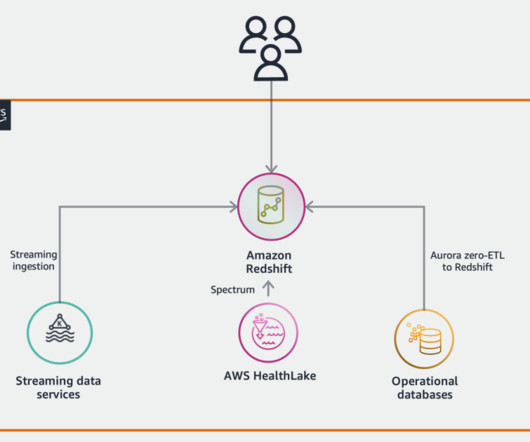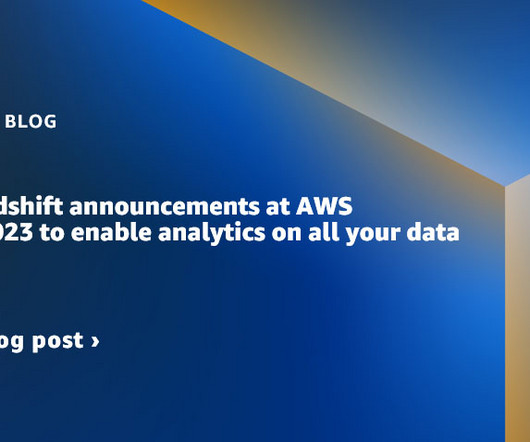How Can Manufacturing Data Help Your Organization?
Sisense
JANUARY 13, 2020
From a practical perspective, the computerization and automation of manufacturing hugely increase the data that companies acquire. And cloud data warehouses or data lakes give companies the capability to store these vast quantities of data. How data enhances product development.

















Let's personalize your content